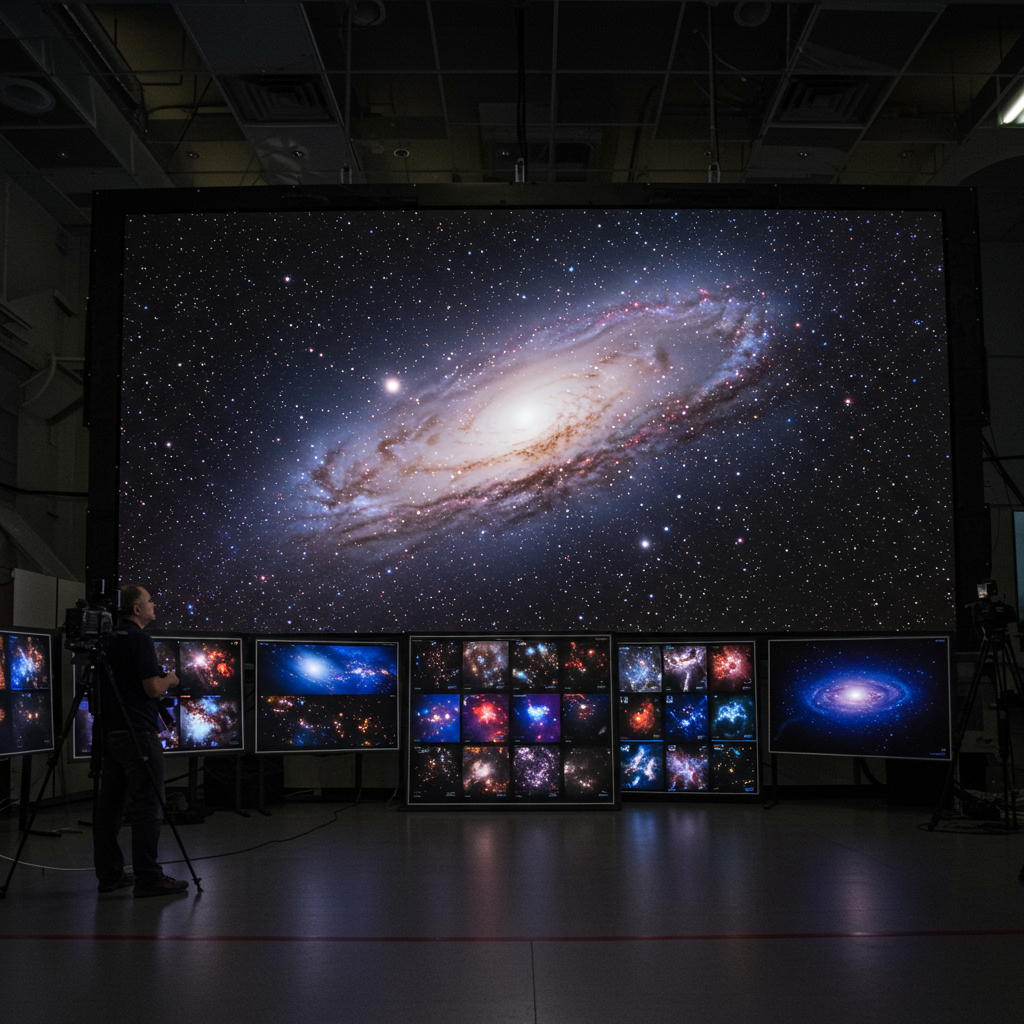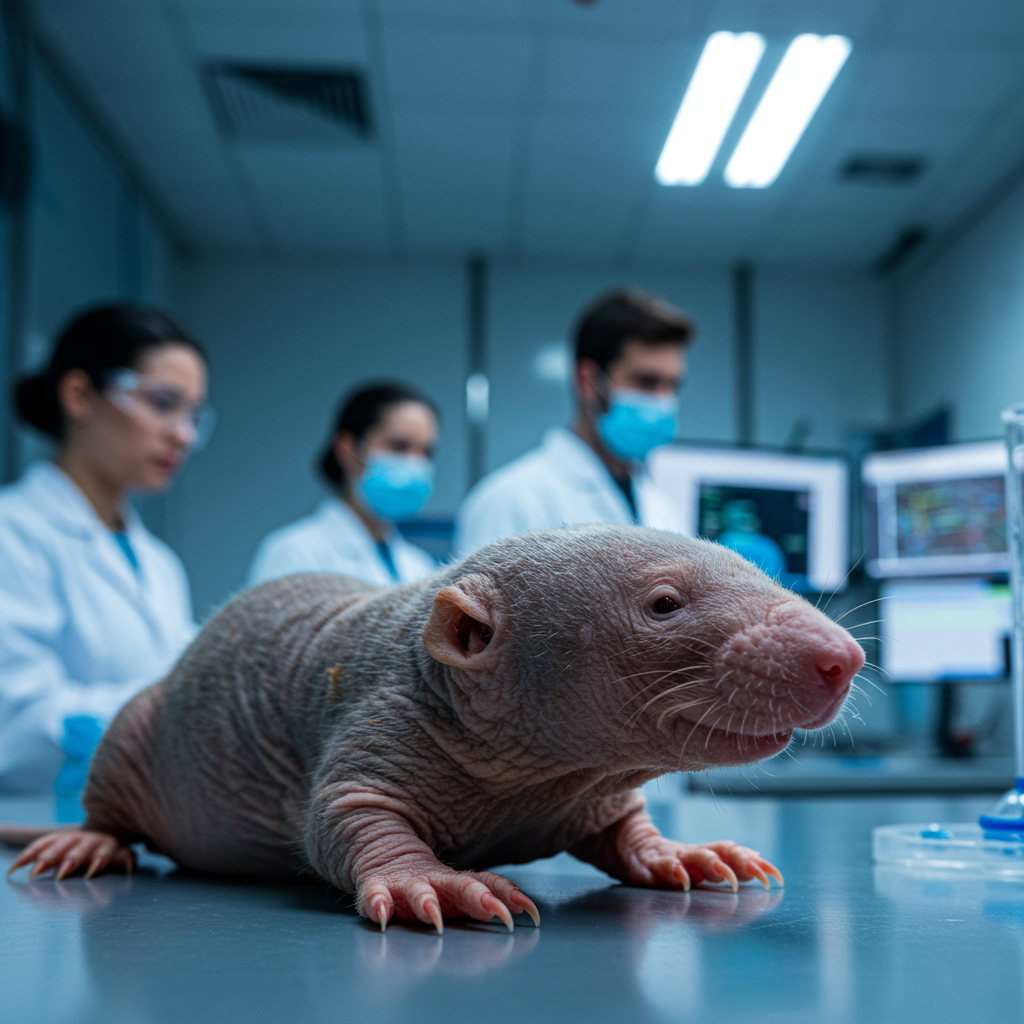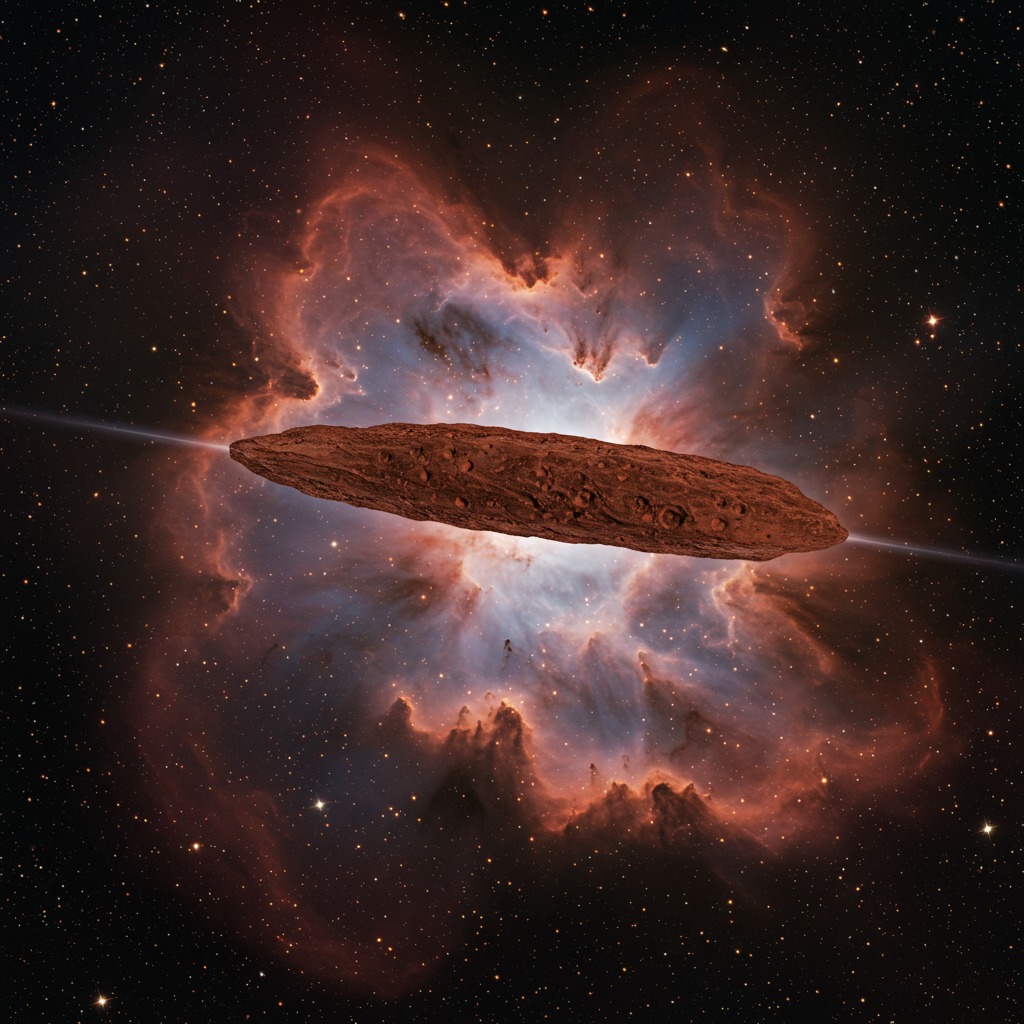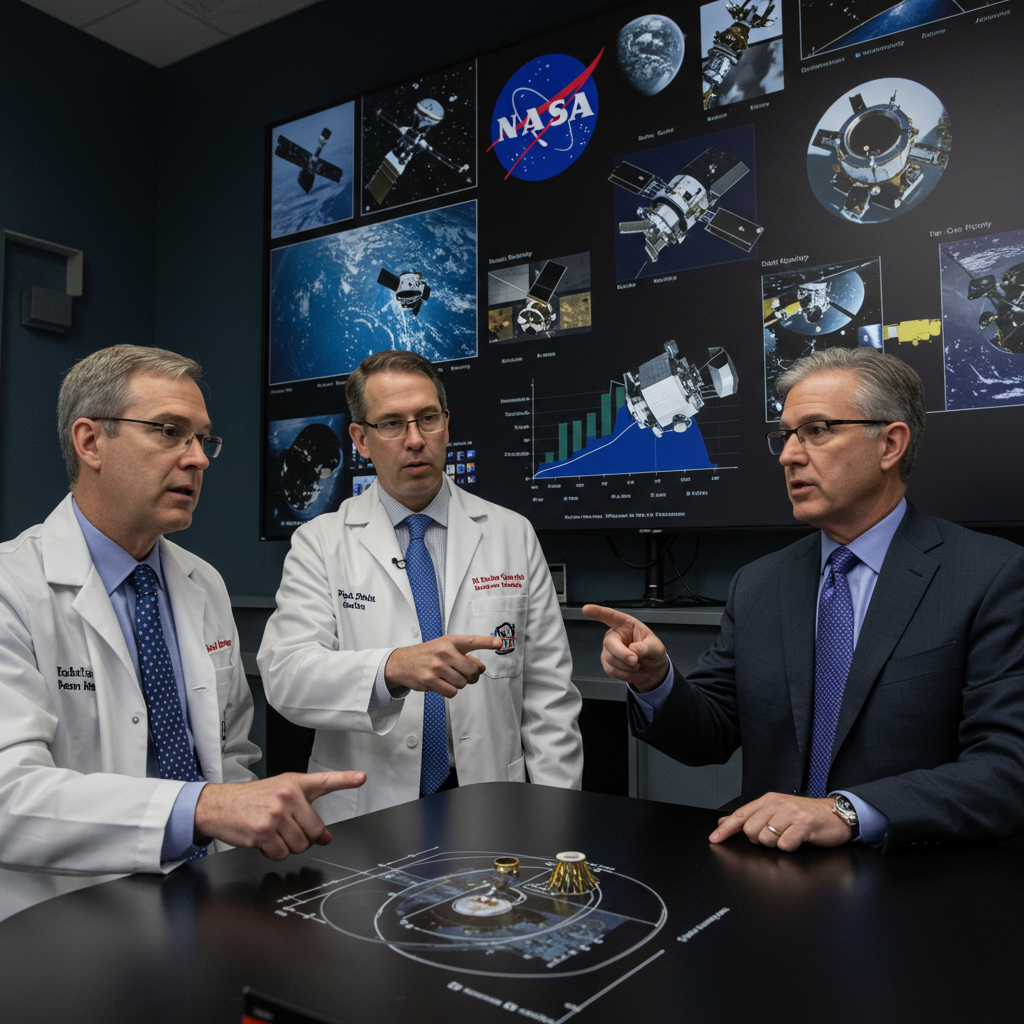Get ready for an unprecedented look at the universe! The cutting-edge Vera C. Rubin Observatory is set to unveil its highly anticipated first images and videos of the cosmos. This event marks the beginning of a new era in astronomy, promising to transform our understanding of the night sky and reveal cosmic mysteries.
Mark your calendars: The official “First Look” event is scheduled for Monday, June 23, 2025, at 11:00 a.m. EDT (4:00 p.m. GMT).
Located high on the peak of Cerro Pachón in the Chilean Andes, the Vera C. Rubin Observatory isn’t just another telescope. It’s a state-of-the-art facility designed for rapid, wide-field surveys of the universe. Its primary mission is the ambitious 10-year Legacy Survey of Space and Time (LSST), which will create the most detailed time-lapse view of the cosmos ever made.
At the heart of this revolutionary project is the Legacy Survey of Space and Time (LSST) Camera, famously described as the world’s largest digital camera, roughly the size of a small car. With a staggering 3.2 billion pixels, this camera, paired with the observatory’s 8.4-meter Simonyi Survey telescope (featuring the largest convex mirror ever made), allows Rubin to capture an immense amount of detail across a vast area of the sky – equivalent to about 45 full moons in a single shot. To put the scale in perspective, viewing one of these images at its full resolution would reportedly require 400 ultra-HD TVs!
Unlike telescopes like Hubble or James Webb that focus intensely on small patches of the sky, Rubin rapidly scans nearly the entire visible southern hemisphere every three to four nights. This incredible pace means it can take an image every 40 seconds, collecting an astonishing 20 terabytes of data each night – enough to fill 10 million books! Over its decade-long mission, Rubin will capture a cosmic “movie” documenting how the universe changes over time, cataloging more stars, galaxies, and solar system objects in its first year alone than all previous telescopes combined.
Unlocking Cosmic Secrets: What Rubin Will Reveal
The data generated by the LSST is expected to provide profound insights into some of astronomy’s biggest questions. These first images offer a glimpse into the observatory’s capabilities to:
Map the Milky Way: By identifying streams of stars that are remnants of smaller galaxies torn apart long ago, scientists hope to understand how our own galaxy formed and evolved.
Catalog the Transient Universe: Rubin will detect and track countless asteroids and comets within our solar system, as well as fleeting events across the universe like supernovae explosions and pulsating stars.
Probe Dark Matter and Dark Energy: While you won’t see dark matter directly (it doesn’t emit or reflect light), Rubin’s continuous mapping of visible matter allows astronomers to study its gravitational effects. By analyzing gravitational lensing and the clustering of galaxies, scientists aim to shed light on these mysterious components that make up most of the universe and understand its expansion. The vast, accessible dataset promises to open “unexplored regions of the universe.”
The project involves significant international collaboration, with key contributions from institutions like the University of Wisconsin–Madison, where physicists played a vital role in commissioning the system and ensuring it could deliver the promised “most detailed time-lapse view.” The observatory itself was named in honor of pioneering astronomer Vera C. Rubin, whose work provided key evidence for the existence of dark matter – a central focus of the observatory’s mission.
How to Watch the Historic Unveiling
You don’t need to travel to the Chilean Andes to witness this scientific milestone. The Rubin Observatory team is making the unveiling accessible to everyone around the globe:
Official Livestream: The primary way to watch is via a free public livestream. This will be available on the Rubin Observatory’s website (rubinobservatory.org) and simultaneously streamed on YouTube, with options for both English and Spanish commentary.
Global Watch Parties: To truly appreciate the scale and communal excitement of this event, hundreds of in-person watch parties are being hosted at venues worldwide, including planetariums, universities, and museums. These events will stream the live unveiling and may offer additional activities like virtual 3D tours of the observatory and its mountain setting, science demonstrations, or talks from experts and scientists involved in the project. Attending a planetarium party is particularly recommended for a chance to see immersive, full-dome projections of the southern sky images. Look for events at institutions like the Adler Planetarium in Chicago, the Fiske Planetarium in Boulder, the University of Delaware, and many others internationally (check the Rubin Observatory website for a full list).
Host Your Own Event: Feeling inspired? You can even sign up on the Rubin Observatory website to host your own watch party! Registered hosts gain access to special resources, including a virtual 3D model of the observatory, a virtual tour of Cerro Pachón, and a stream feed optimized for larger displays or even planetarium domes.
The release of these first images from the Vera C. Rubin Observatory is more than just a photo dump; it’s the public debut of a revolutionary instrument poised to rewrite astronomy textbooks. Whether you join a crowd at a planetarium or tune in from home, don’t miss your chance to witness this historic first look at the cosmos as seen by the world’s largest digital eye. It’s the start of discovering answers to questions scientists haven’t even thought of yet.




